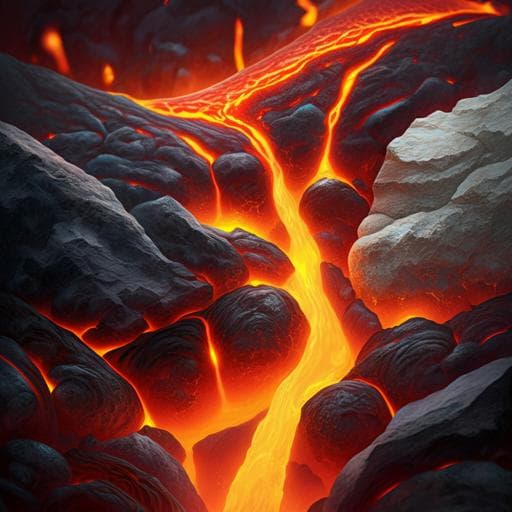
Earth Sciences
An andesitic source for Jack Hills zircon supports onset of plate tectonics in the Hadean
S. Turner, S. Wilde, et al.
This compelling study by Simon Turner and colleagues challenges traditional views on Earth's early crust by revealing that the ancient Jack Hills zircons originated from andesitic melts in a subduction environment, raising intriguing questions about the onset of plate tectonics as early as 4.3 billion years ago.
~3 min • Beginner • English
Related Publications
Explore these studies to deepen your understanding of the subject.







